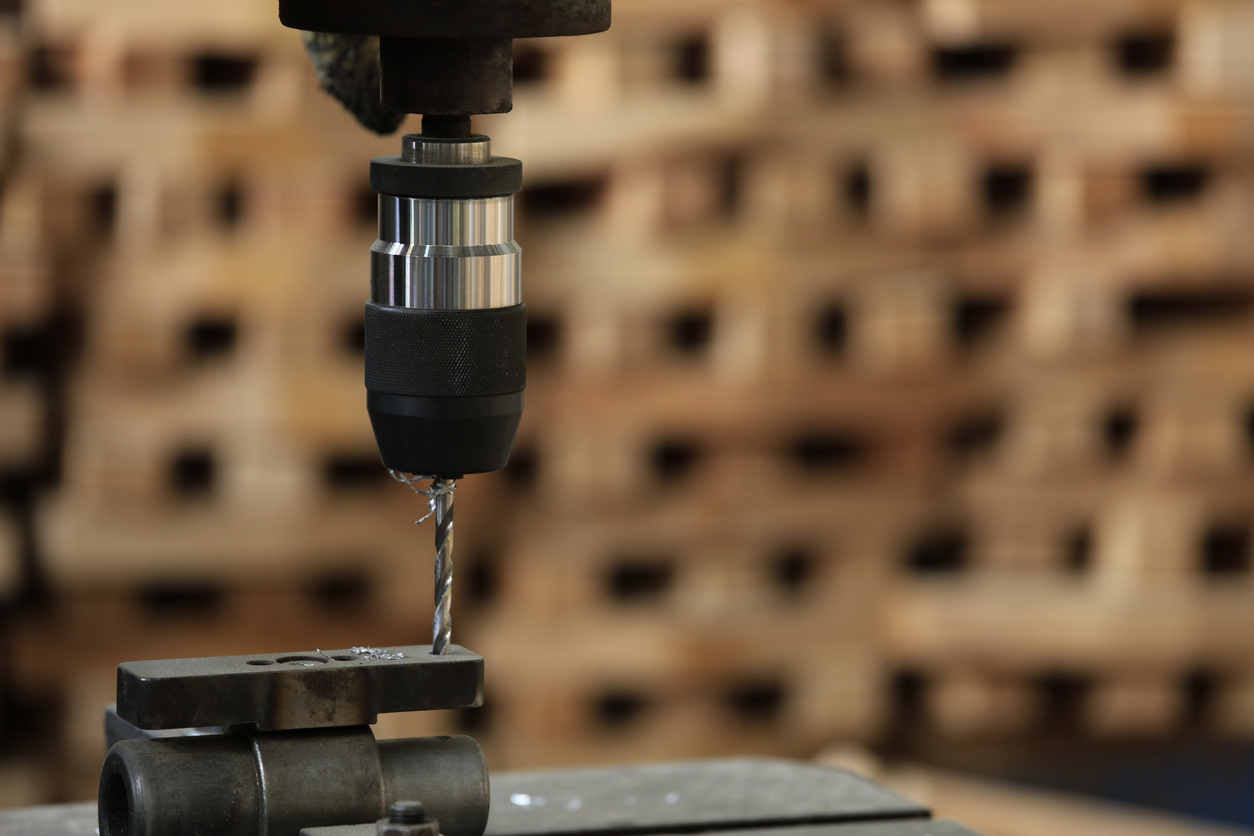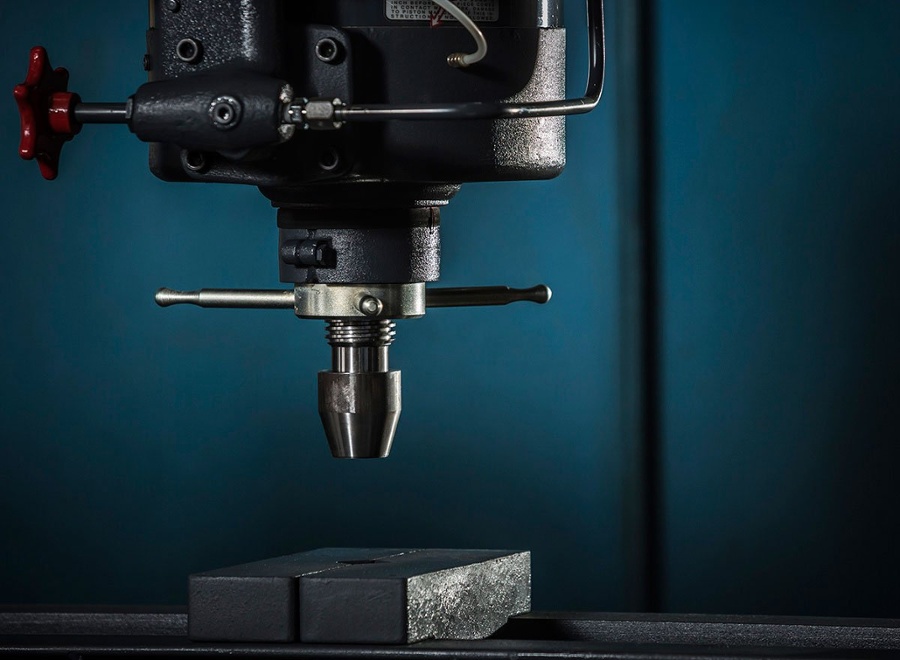Drilling straight holes without a drill press can be challenging, but it is certainly achievable with the right techniques and tools. This article will guide you through the process, offering some tremendous tips and tricks to help you drill straight without the need for an expensive drill press. Whether you’re a DIY enthusiast or a professional, you’ll find these methods very useful.

Understanding the Basics
Why Drilling Straight Is Crucial?
Drilling straight is essential for the stability and alignment of the components you are assembling. Crooked holes can lead to weak connections and can compromise the structural integrity of the finished product.
Tools You’ll Need
Before we dive into the various methods for drilling straight, let’s look at some tools you’ll need:
- Hand Drill
- Drill Bits
- Speed Square
- Clamps
- Scrap Wood
Using Visual Guides
The Speed Square Method
A Speed Square can be a tremendous ally in your quest to drill straight. Place the Speed Square on the material and use it as a visual guide to help you keep the drill perpendicular.
The Mirror Technique
Using a small mirror can help you see if you’re drilling at an angle. Place the mirror next to the drill bit and make sure the reflection shows a straight line.
Creating Temporary Rigs
Homemade Drill Guides
One of the most effective ways to drill straight without a drill press is to create a simple drill guide using scrap wood. Here’s how:
- Cut two pieces of scrap wood to the same height
- Drill a hole through both pieces at the same time
- Align these pieces on your workpiece as a guide
Using a Handheld Drill Guide
Handheld drill guides are available and can be a terrific alternative to a drill press. These guides help you keep the drill bit straight and can be adjusted for different angles.
Practical Techniques
Tape and Marker Method
Wrap painter’s tape around the drill bit to mark the desired depth. This can help you ensure consistent, straight drilling without guessing.
Pilot Holes
Drill pilot holes as a preliminary step to guide your main drill bit. This method reduces the chances of the bit wandering off.
Utilizing Clamps and Vises
Clamping Your Workpiece
Securely clamping your workpiece can prevent movement and help you maintain a straight drilling path. Use multiple clamps if necessary to ensure stability.
Using a Vise
For smaller workpieces, a vise can be very helpful. It holds the material steady, allowing you to focus on drilling accurately.
Alternative Tools
Brace and Bit
A brace and bit can be a great manual alternative for drilling straight. The adjustable angle and precise control make it easier to drill accurate holes.
Right Angle Drills
A right angle drill can be particularly useful for drilling in tight spaces. These drills are designed to fit into corners and close quarters, providing better control.
Advanced Techniques
Laser Level
Using a laser level can provide a visual guide to ensure you’re drilling straight. Place the laser level parallel to your workpiece and align your drill bit accordingly.
Digital Angle Gauges
Digital angle gauges can be mounted on your drill to provide real-time feedback on the angle. This can be especially useful for precision work.

FAQs
How can I ensure my pilot holes are straight?
Using a small drill bit to create pilot holes can guide your main drill bit, helping to ensure straightness.
What is the best temporary rig for straight drilling?
A homemade drill guide made from scrap wood is often the most effective temporary rig for straight drilling.
Can I use my existing tools for straight drilling?
Yes, with the right techniques and some adaptations, you can use your existing tools to drill straight holes without a drill press.
For more advanced techniques on high-speed drilling in manufacturing, refer to Certification Guide and check our other resources on Manufacturing Inspection and Genetic Analysis.